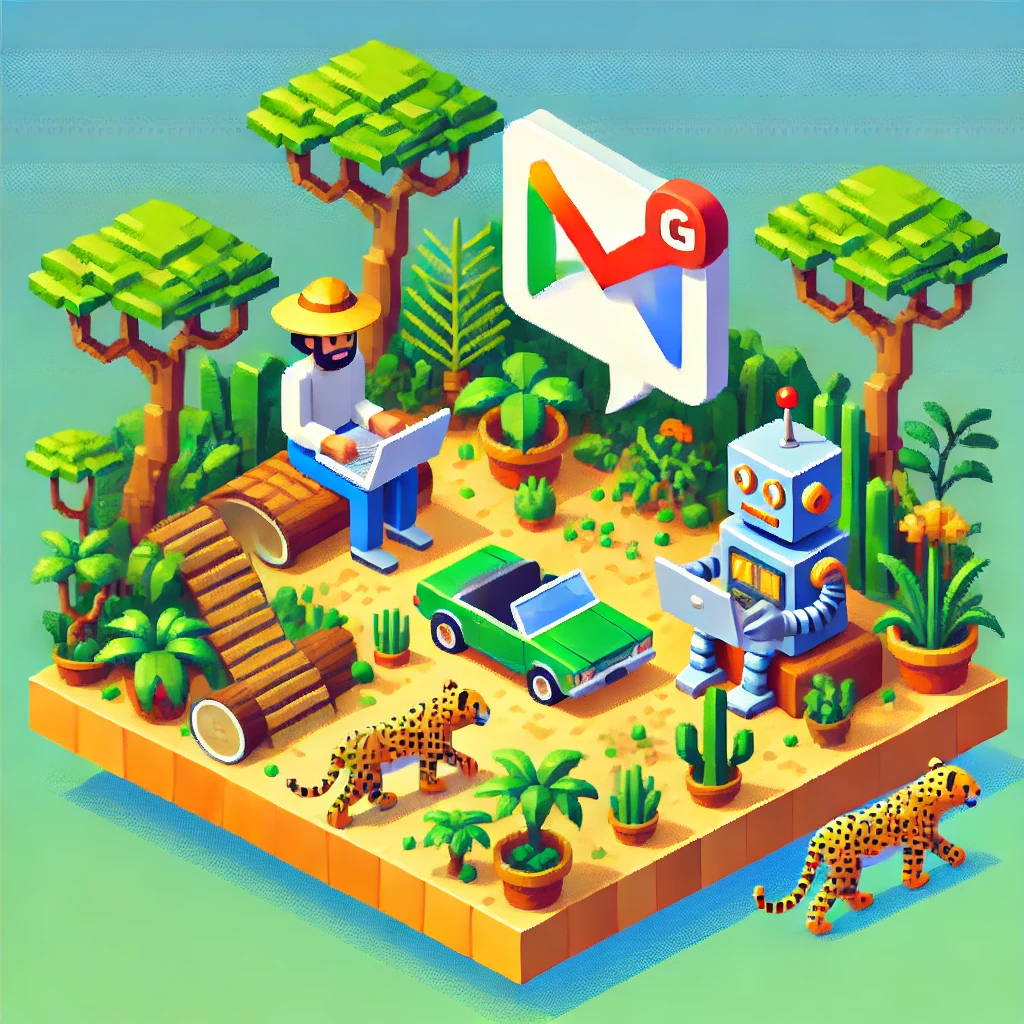Managing emails efficiently can be a game-changer for your productivity. With Zapier and Notion, you can automate your email management to minimize distractions and streamline your workflow. This guide will walk you through the process of setting up this automation. Whether you’re a business looking to enhance operations or a virtual assistant learning new skills, follow this detailed guide to implement effective email automation.
What is Email Management Automation?
Email management automation allows you to automatically organize and handle your emails within Notion. By using Zapier and Notion, you can create a system that filters, sorts, and archives emails, keeping your focus on important tasks.
Let’s look at one real-world example of what this does…
Imagine you are a project manager at a digital marketing agency handling multiple client projects simultaneously. For example, when a client sends an email with new project details or feedback, the email is automatically labeled and added to your Notion database. This database includes all pertinent information such as the email subject, sender, and any attachments. You can then quickly reference these emails directly within Notion, allowing you to stay focused on your project management tasks without constantly switching between your email and project management tools. This seamless integration ensures that no important client communication is missed, enabling you to deliver projects more efficiently and maintain higher client satisfaction.
Key Benefits:
- Efficiency: Automate email handling to save time on manual tasks.
- Integration: Seamlessly connect Gmail with Notion through Zapier.
- Customization: Tailor email handling to meet specific needs.
- Focus: Minimize distractions by managing emails within Notion.
Want this setup for your business without doing any of the work?
Hire a Top 1% Virtual Assistant To Build All of this For Me.
Step-by-Step Guide to Automate Email Management with Zapier and Notion
This section will guide you through the exact steps to set up a workflow automation using Zapier and Notion. Follow these instructions closely to replicate the process and start automating your email management.
Step 1: Create an Email Database in Notion
- Set Up Your Database:
- Open Notion and create a new database named “Email Database.”
- Add columns such as “Archive,” “Read,” “Date,” “Subject,” “From,” “Attachments,” “Inbox URL,” and “Gmail ID.”
- Ensure the “Archive” and “Read” columns are checkboxes to help filter and sort emails.
Step 2: Create a Label in Gmail
- Create a New Label:
- Log in to your Gmail account.
- Go to “Settings” > “Labels” and create a new label named “Notion.”
Step 3: Set Up Zapier to Connect Gmail and Notion
- Create a Zap:
- Log in to your Zapier account.
- Click on “Create Zap.”
- Set Up the Trigger:
- Choose Gmail as the trigger app.
- Select “New Labeled Email” as the trigger event.
- Connect your Gmail account to Zapier.
- Select the “Notion” label you created earlier.
- Add a Filter to Avoid Sent Emails:
- Before connecting Notion, create a filter in Zapier to continue only if the “From” email address does not contain your email address.
- This ensures only incoming emails are processed.
- Connect Notion:
- Add another action and choose Notion.
- Select “Create Database Item” as the event.
- Connect your Notion account to Zapier.
- Share your Notion database with Zapier by clicking “Share” in Notion and inviting Zapier.
- Fill in the database properties with the corresponding email data such as “Subject,” “From,” “Date,” “Attachments,” “Inbox URL,” and “Gmail ID.”
Step 4: Test Your Zap
- Test the Action:
- Test the Zap to ensure the email data is correctly added to your Notion database.
- Verify that the email data appears in Notion as expected.
Step 5: Automate Email Archiving with Automate.io
- Set Up Automate.io:
- Log in to your Automate.io account.
- Create a new bot to check for updated database items in your Notion email database.
- Configure the Bot:
- Set the bot to look for any email matching the “Gmail ID” and ensure the “Archive” checkbox is true.
- If the criteria are met, the bot will archive the email in Gmail.
- Test the Bot:
- Run the bot to ensure it correctly archives the emails based on the specified criteria.
Automating email management with Zapier and Notion can significantly enhance your productivity by keeping your email handling streamlined and organized. By following these steps, you’ll be able to create efficient automation systems that simplify your processes and help you focus on more important tasks.
Ready for a Seamless Setup?
If these instructions and zaps seem too tedious or time-consuming, don’t worry! You can learn more about Robots&VAs, a marketplace where we have Top 1% pre-trained VAs ready to get started building these zaps for you. Save your time and let an expert handle the setup. Click the link below to hire a VA to implement everything for you.
Hire a Top 1% VA To Build All of this For Me
